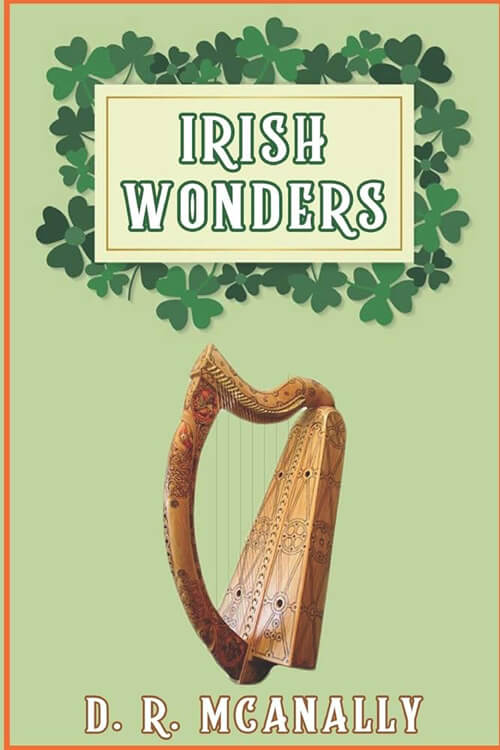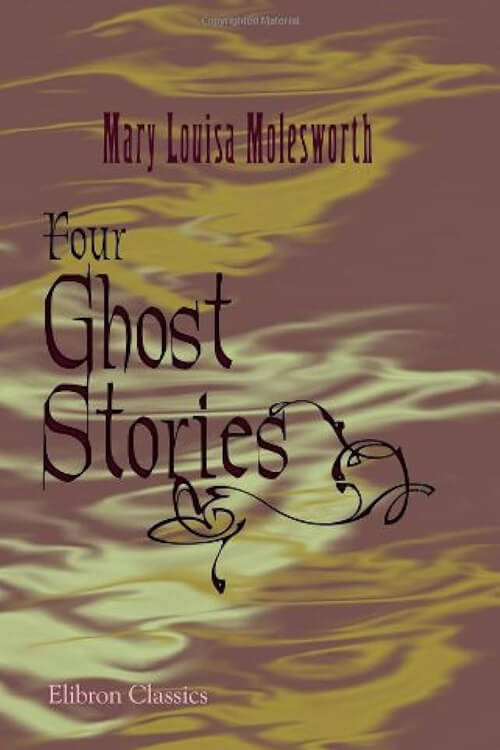
Irish Wonders
It was a characteristic Irish ruin. Standing on a slight elevation, amid a flat country, the castle lifted its turreted walls as proudly as when its ramparts were fringed with banners and glittered with helmets and shields. In olden times it was the citadel of the town, and although Athenry was fortified by a strong wall, protecting it alike from predatory assault and organized attack, the citadel, occupying the highest ground within the city, was itself surrounded by stronger walls, a fort within a fort, making assurance of security doubly sure. Only by treachery, surprise, or regular and long-continued siege could the castle have been taken.
The central portion was a large, square structure; except in size, not differing greatly from the isolated castles found in all parts of Ireland, and always in pairs, as if, when one Irish chieftain built a castle, his rival at once erected another a mile or so away, to hold him in check. This central fort was connected by double walls, the remains of[pg 002] covered passages, with smaller fortresses, little castles built into the wall surrounding the citadel; and over these connecting walls, over the little castles, and over the piles of loose stones where once the strong outer walls had stood, the ivy grew in luxuriant profusion, throwing its dark green curtain on the unsightly masses, rounding the sharp edge of the masonry, hiding the rough corners as though ashamed of their roughness, and climbing the battlements of the central castle to spread nature’s mantle of charity over the remains of a barbarous age, and forever conceal from human view the stony reminders of battle and blood.
Read or download Book
D. R. McAnally
Biography.
McAnally, D. R. (David Russell),(1847-1909). Author information is not available.






